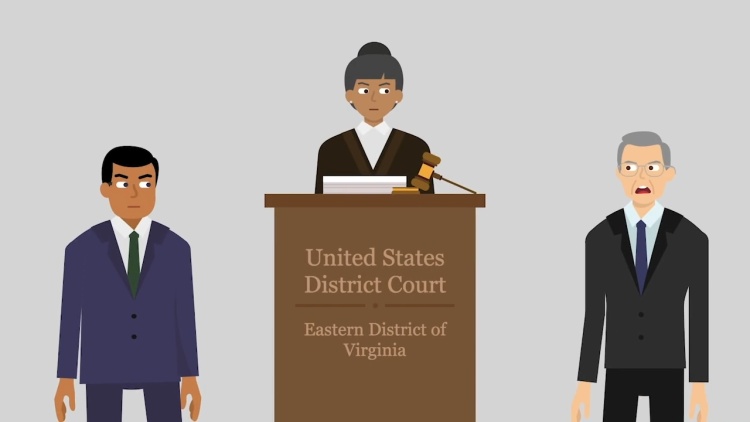Hamdi v. Rumsfeld
United States Supreme Court
542 U.S. 507 (2004)
- Written by Jamie Milne, JD
Facts
On September 11, 2001, Al-Qaeda terrorists attacked American targets. In response, Congress passed the Authorization for Use of Military Force (AUMF), which authorized the president to use all necessary and appropriate force against persons suspected of engaging in or aiding terrorism. Yaser Hamdi (defendant), a United States citizen, was seized by a military alliance in Afghanistan on suspicion of involvement with the Taliban, a group that supported Al-Qaeda. Hamdi was eventually turned over to the United States military and taken into custody as an enemy combatant. The United States interrogated Hamdi in Afghanistan before transferring him to the Guantanamo Bay Naval Base. After learning Hamdi was an American citizen, the military transferred him to a military detention facility in South Carolina. Hamdi was not charged with a crime, provided an attorney, or given an opportunity to contest his detention. Hamdi’s father filed a writ of habeas corpus against Secretary of Defense Donald Rumsfeld (defendant) on Hamdi’s behalf. The writ challenged Hamdi’s detention as violating the Fifth and Fourteenth Amendments’ due-process requirements. The government moved to dismiss, arguing that because Hamdi was an enemy combatant, the government could hold him indefinitely. The government submitted a declaration from Michael Mobbs, a defense advisor, stating the government’s reasoning for deeming Hamdi an enemy combatant. The district court certified a question to the Fourth Circuit as to whether the Mobbs report alone was sufficient to detain Hamdi without trial. The Fourth Circuit held that the Mobbs report was sufficient to justify Hamdi’s detention. The United States Supreme Court granted certiorari.
Rule of Law
Issue
Holding and Reasoning (O’Connor, J.)
Concurrence/Dissent (Souter, J.)
Dissent (Thomas, J.)
Dissent (Scalia, J.)
What to do next…
Here's why 899,000 law students have relied on our case briefs:
- Written by law professors and practitioners, not other law students. 47,000 briefs, keyed to 994 casebooks. Top-notch customer support.
- The right amount of information, includes the facts, issues, rule of law, holding and reasoning, and any concurrences and dissents.
- Access in your classes, works on your mobile and tablet. Massive library of related video lessons and high quality multiple-choice questions.
- Easy to use, uniform format for every case brief. Written in plain English, not in legalese. Our briefs summarize and simplify; they don’t just repeat the court’s language.





